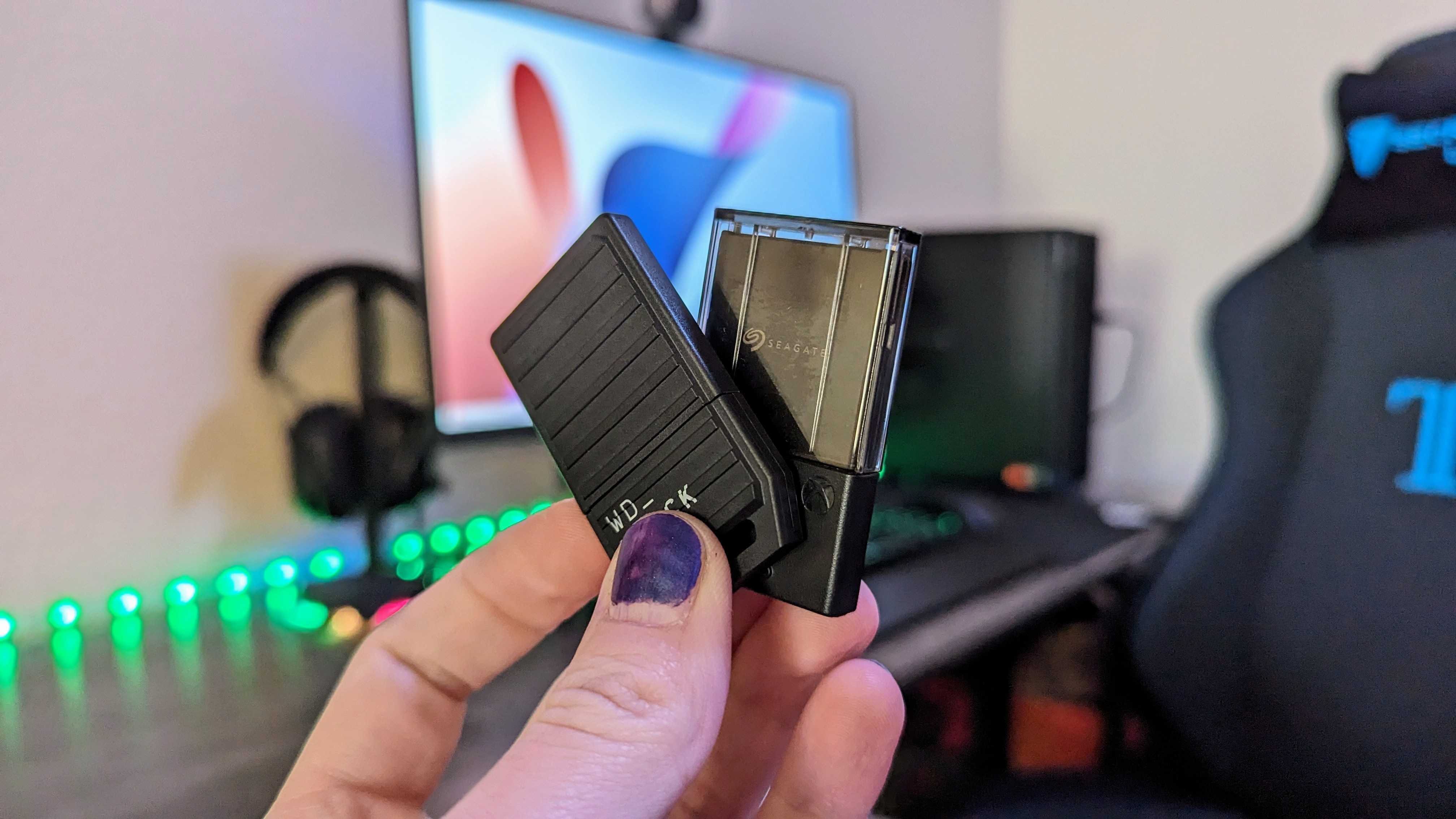Halo Wars 2's Blitz mode preview: interview, impressions and more
Last week, we were lucky enough to get invited to 343 Industries for an early look at Halo Wars 2's Blitz mode.
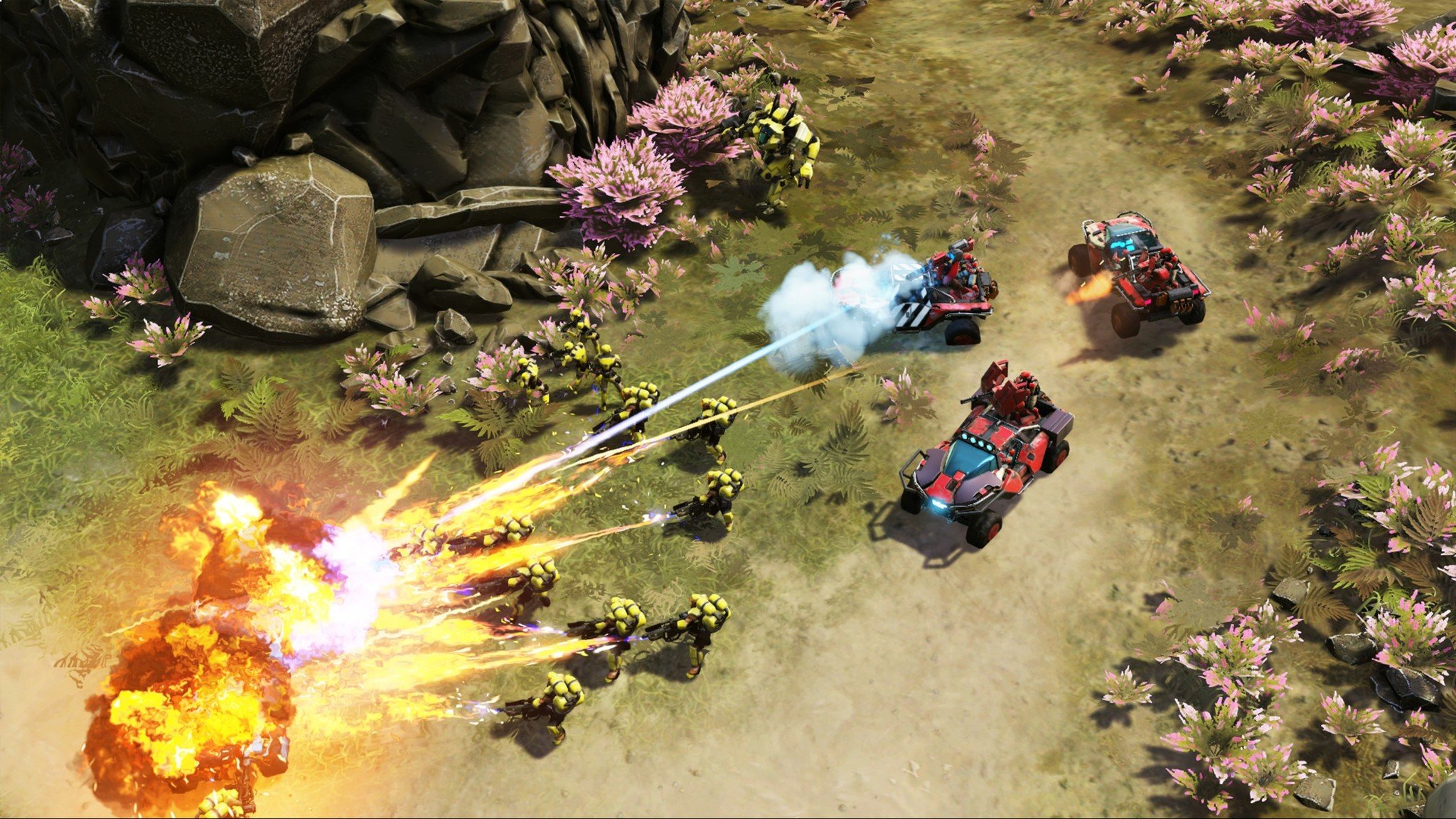
Halo Wars 2 is an upcoming real-time strategy game based on the Halo universe, set decades after the events of the previous game.
After going hands-on with multiplayer, Blitz mode and the game's campaign, it would be remiss of me to call Halo Wars 2 a mere spin-off. Halo Wars 2 is shaping up to be every bit as important and ground-breaking as the shooter that introduced the franchise, and 343i and Creative Assembly are using Blitz mode in an attempt to bridge the gap between Halo's fast-paced shooter gameplay and the strategic thoughtfulness of a classic RTS.
Here's everything we learned about Blitz mode.
Talking to Oli Smith and Max Szlagor from the Blitz development team.
What is Blitz mode?
Blitz mode is separate from the classic RTS multiplayer and campaign modes in Halo Wars 2. The goal with Blitz mode is to bring match times down to around 7-12 minutes, emulating the sort of play times you might see with Halo's Slayer-based shooter modes. Creative Assembly and 343i also wanted to make Blitz mode a little more accessible than the classic (and complex) RTS gameplay you will find in Halo Wars 2's multiplayer mode. To achieve a more arcade-style of play for Blitz, 343i and Creative Assembly stripped out construction, tech trees, and build queues, injecting card game mechanics into the mix instead.
In Blitz mode, you will build up a deck of cards that feature various units from the main game. Blitz mode features domination-style PvP, which is all about capturing control points, but also solo and co-operative PvE, which plays more similarly to Gears of War 4's Horde Mode. You can play both PvE and PvP modes either solo or with a friend, allowing you to create card decks that either try to account for all counters and possibilities or create decks that complement your friends' playstyles, becoming more specialized.
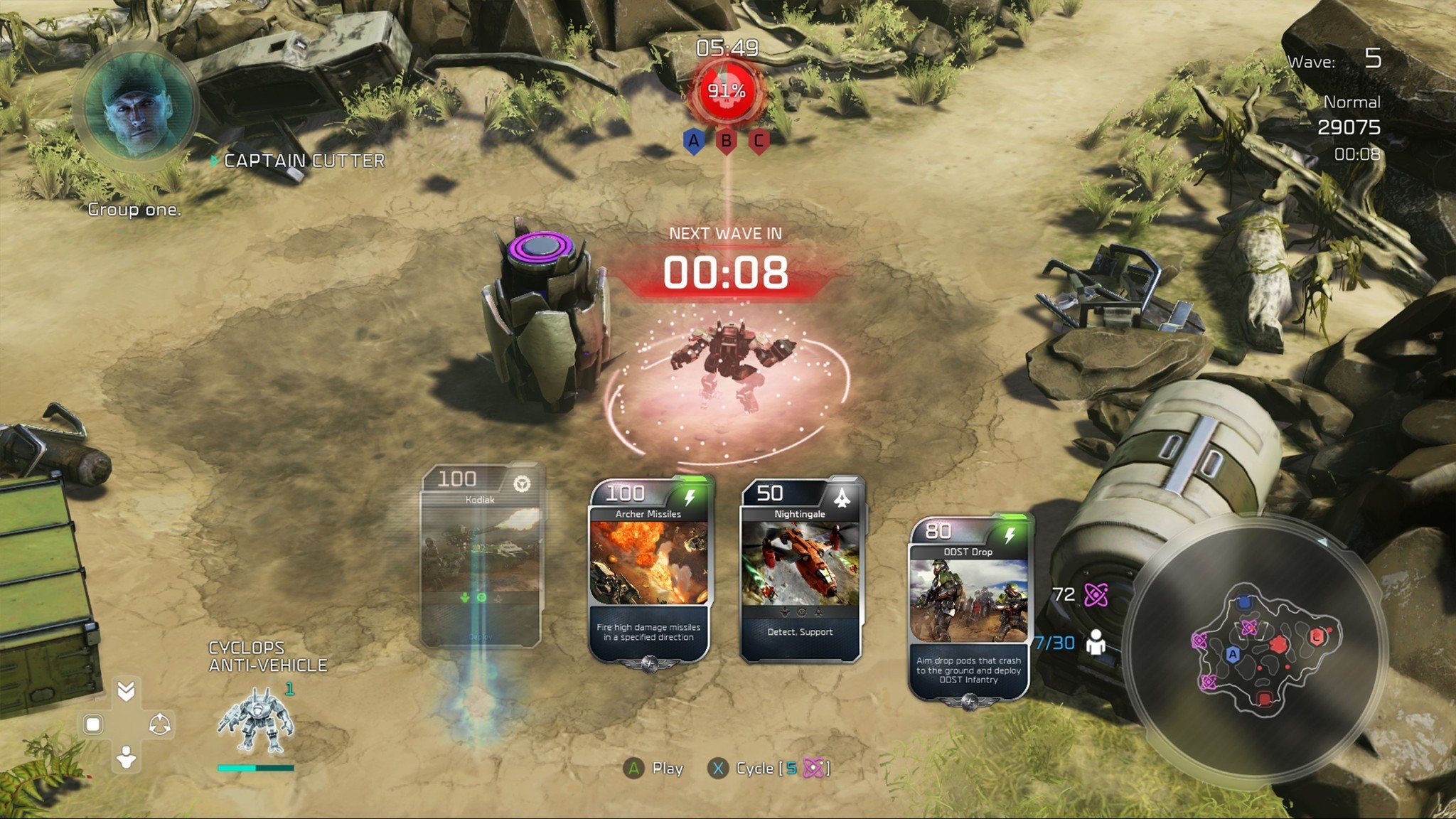
You can play your cards by holding down the Left Trigger and then selecting them with the joystick, similar to radial menus found in other games. On PC, you utilize the number keys above WASD, like a typical action bar. Doing so immediately deploys the units into battle, and Halo Wars 2 follows the series' rock-paper-scissors trinity, by which certain units serve as hard counters to others. You can spawn cards wherever you have a line of sight, but doing so outside of your initial spawn point will incur a temporary health penalty on the generated units. Sometimes it might be a good idea to run and live to fight another day.
Get the Windows Central Newsletter
All the latest news, reviews, and guides for Windows and Xbox diehards.
Learning when and where to deploy cards will become key to higher-level play, but Halo Wars 2 will also feature a skill-based matchmaking system to try and ensure you're always competing on an even playing field.
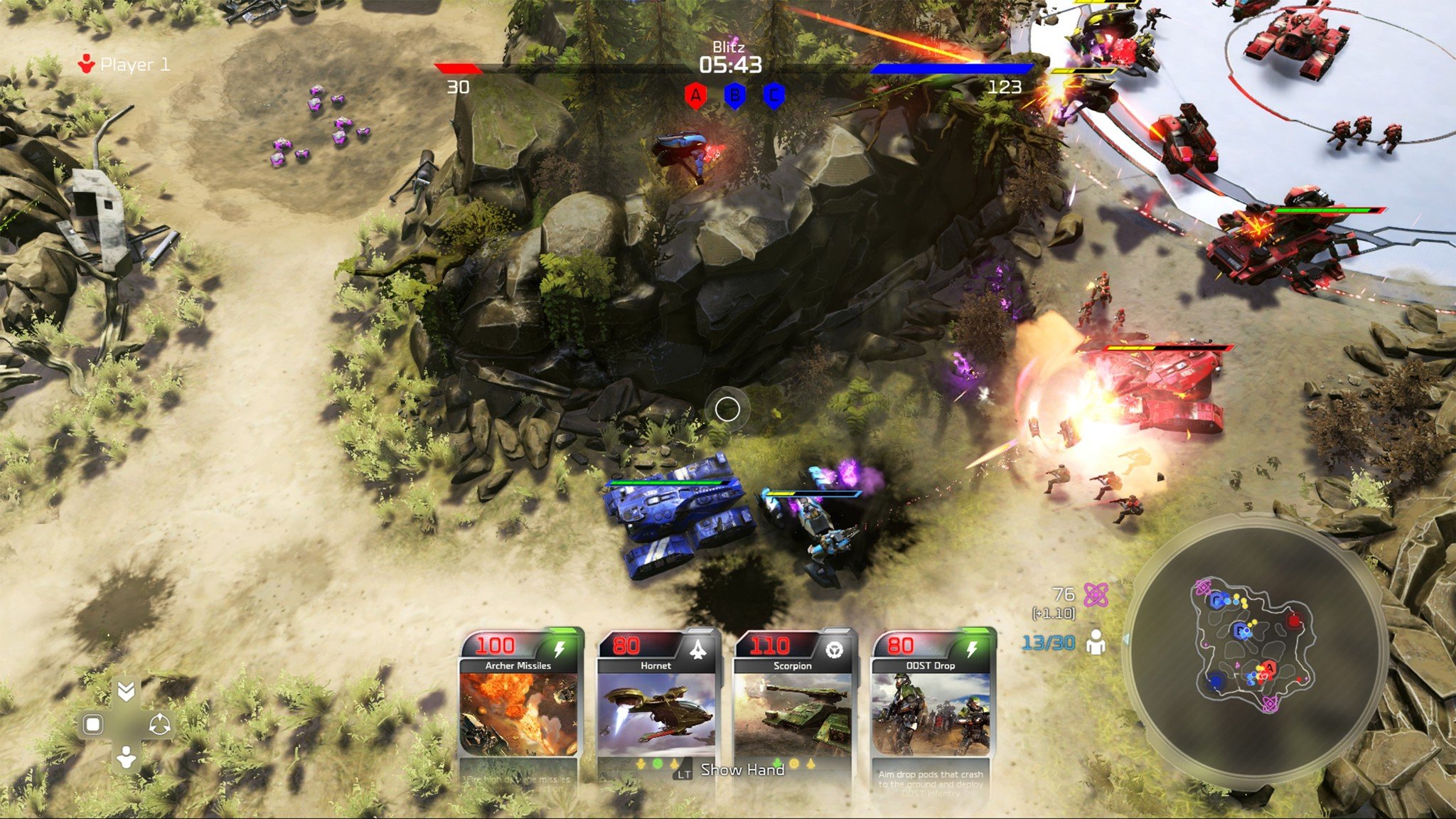
Blitz mode, both in PvE and PvP strips out some of the complexity of RTS gameplay, but not all of it. Energy will spawn throughout a battle, and players will be required to leave control points behind to collect this all-important resource. Each card has a power requirement before being summoned, and higher-level ability cards, such as an orbital MAC Blast, have high costs. However, proper use of these sorts of cards can turn the tide of battle.
In addition to regular unit cards and ability cards, players also select a single leader card for their deck. Leader cards can change the playstyle of your deck. Whether you want to focus on map control, summoning swarms of low-cost units zerg-style or even play more of a healing and support role, tons of playstyles are accounted for, and 343i have plans to expand the possibilities down the line with future updates. Different leader cards may provide special passive buffs to existing cards, such as additional movement speed, increased defense, or even reduce the costs of specific cards.
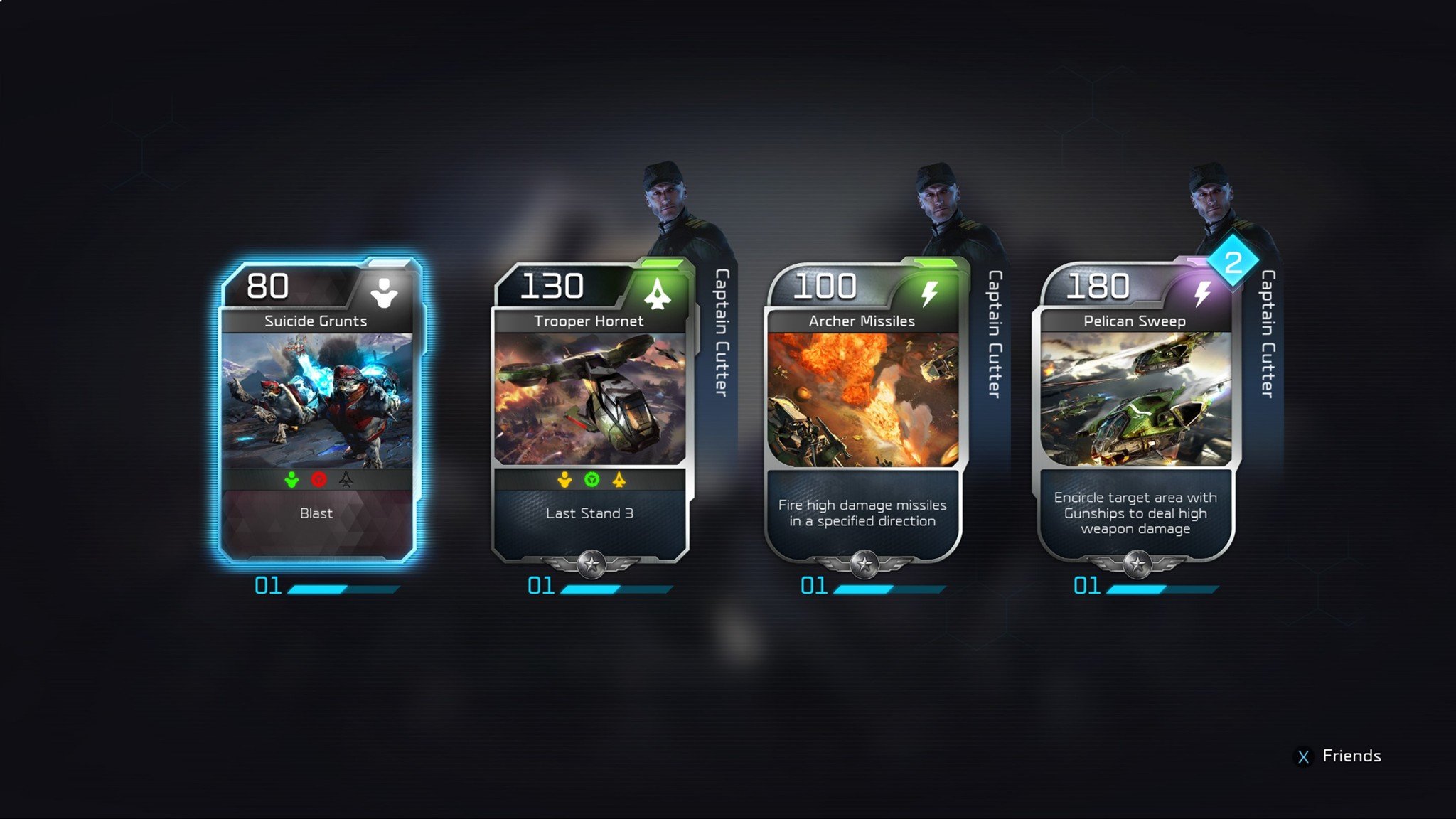
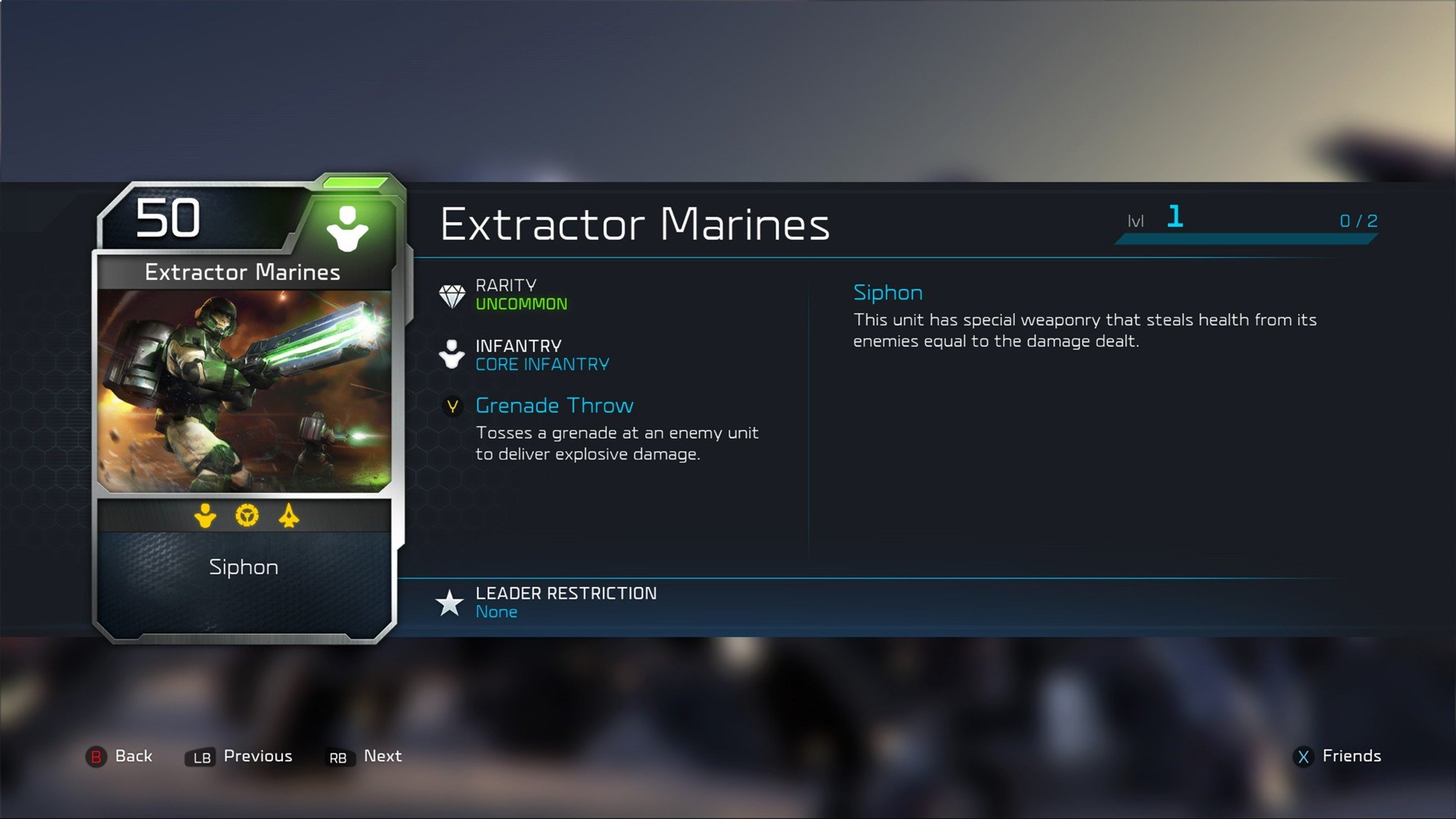
Players will accrue new cards via packs both through regular play and via micro-transactions, similar to Gears of War 4 and Halo 5, and the revenue will go towards funding a long-term amount of additional content, which will arrive both for free and as part of the game's beefy season pass.
Hands-on impressions
When the studio first revealed Blitz mode to us in Redmond, I wasn't particularly enthused. My immediate (and cynical) reaction was that it was just an attempt to inject more card-based micro-payments into yet another game, and it immediately made me question the extent to which Blitz had been taken seriously in development. My cynicism was washed away instantaneously when I got my hands on the game. I'm certainly not a big RTS player, but I found myself transfixed by Blitz's unique, addictive, and accessible gameplay.
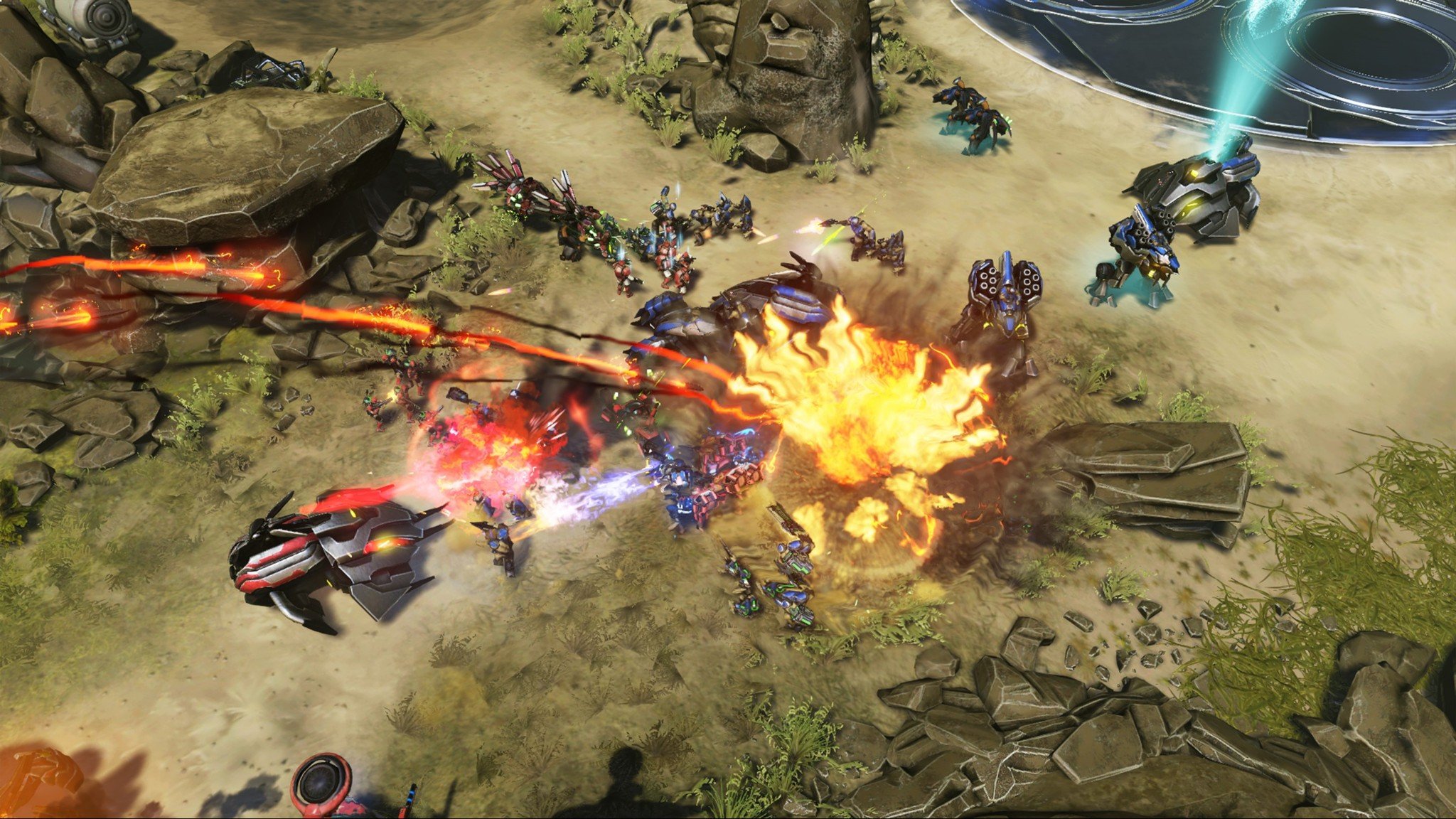
The whole idea behind Blitz is to create a gateway for players to experience RTS gameplay without the rather daunting complexity typified by the genre. As someone who still suffers nightmares of Paladin spam from Age of Empires II, Blitz was markedly more pedestrian, with an emphasis on rewarding and explosive spectacle rather than RTS' typical nail-bitingly tense skirmishes.
Indeed, Blitz rests somewhere in between a MOBA's fast-paced tug of war and an RTS's considered, strategic gameplay. Your opponent never knows what cards are available to you at any given moment, and that makes for exciting scenarios. I recall an instance where I'd left one capture point very poorly defended by a single large unit, prompting my enemy to send a small group of units to steal the node. Little did they know I was sitting on an air strike card, which decimated his entire force as it filed into a choke point, allowing me to mop up the remaining units using a relatively small counter-attack.
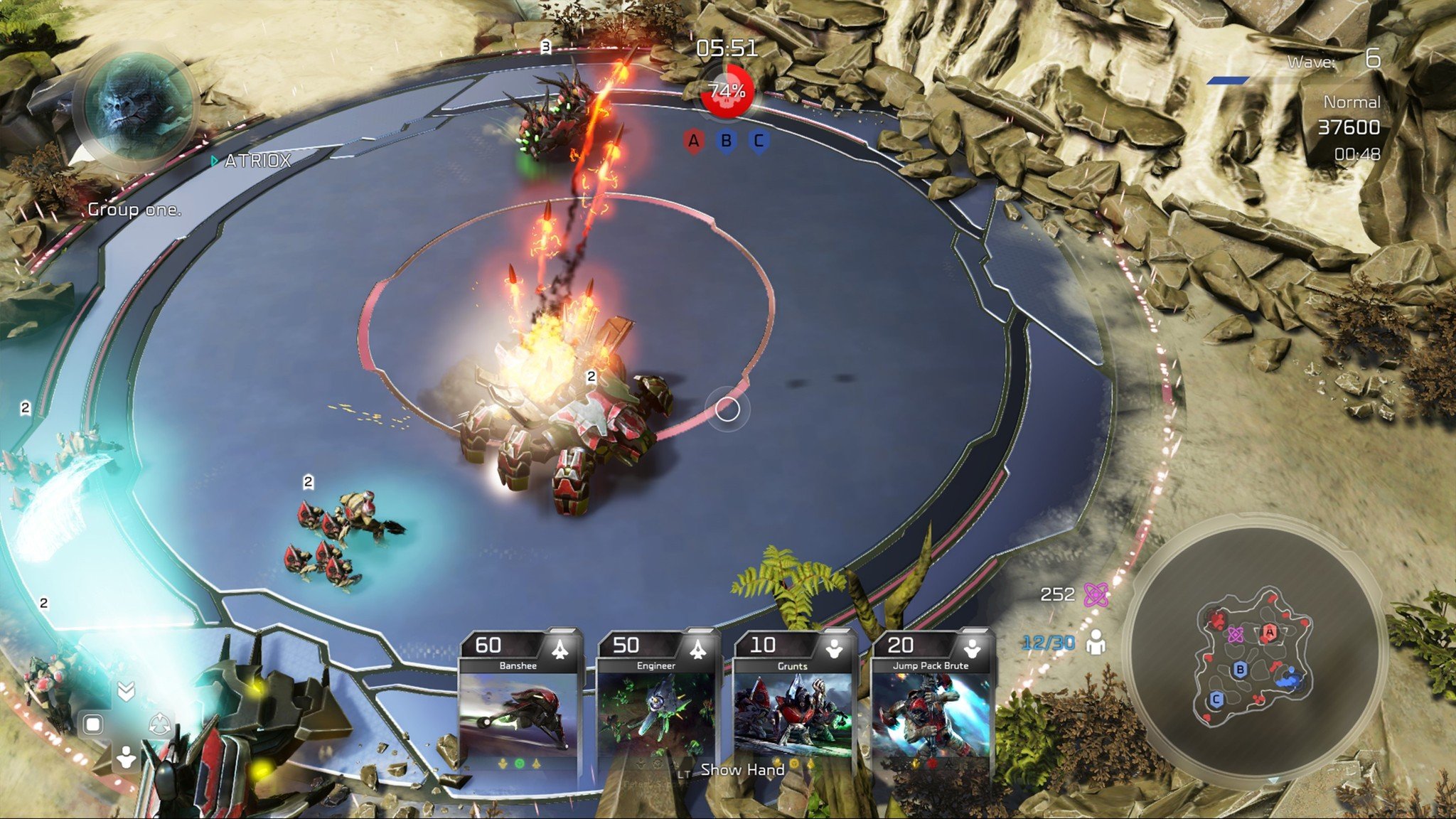
It's those brief, explosive instances of strategic victory that make drawn-out RTS games all the more rewarding, and they come in a rapid-fire format in Halo Wars 2's Blitz mode. It's easy to see how learning each card's weaknesses and strengths and creating strategic partnerships with friends make Blitz an addictive experience for those who can't, or simply won't commit to the core multiplayer modes. Even RTS veterans will likely find Blitz to be a rewarding, albeit casual pass-time in between Halo Wars 2's more demanding core PvP gameplay.
I always say that the best games are the ones that give me the urge to play while writing about them, and Halo Wars 2 is exactly that.
Believe in Blitz
I'm not sure how the hardcore RTS community will respond to Halo Wars 2's Blitz mode, but it in no way encroaches on what an RTS should be. It's an entirely separate mode, and Creative Assembly told me that it's designed to serve as a gateway drug to Halo Wars 2's more classic multiplayer modes.
Creative Assembly and 343i aren't simply building a spin-off licensed cash-in with Halo Wars 2. Their noble goal is to reinvigorate the genre, which has, in some ways, been smothered beneath an avalanche of accessible DOTA-clones such as League of Legends. I'd eager to say that they are well on their way to achieving that goal.
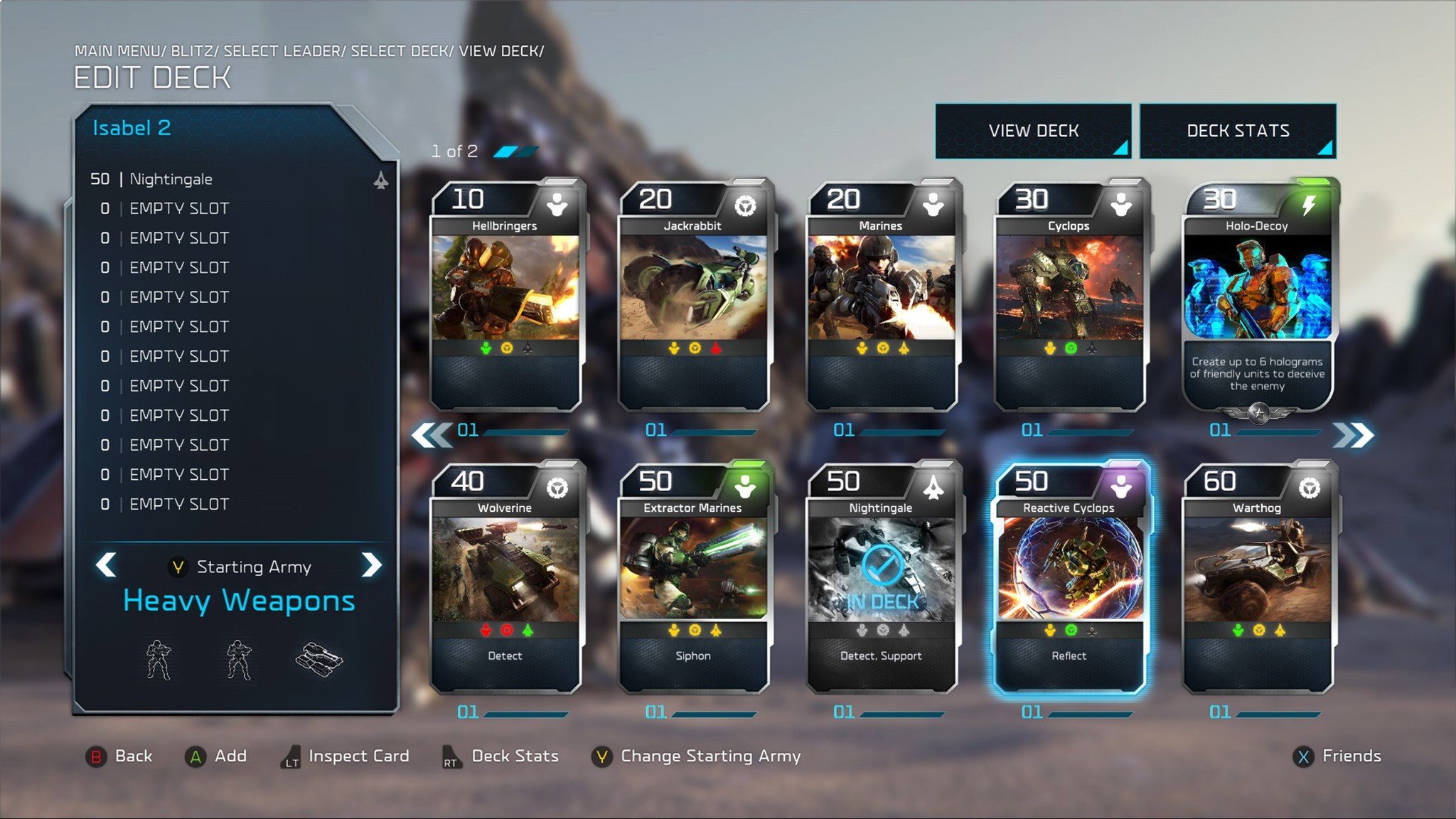
Blitz will hopefully reach out to fans of MOBA, RTS, and even Halo's core shooter crowd, providing some of DOTA's most fast-paced elements while retaining at least some of the management requirements typical of an RTS. It remains to be seen whether Creative Assembly and 343i can pull it off in the full game, but I can only speak for myself — it pains me that I'll have to wait until February 2017 to begin building up my deck.
Halo Wars 2 launches on February 21st for Xbox One and Windows 10 as a Play Anywhere title.

Jez Corden is the Executive Editor at Windows Central, focusing primarily on all things Xbox and gaming. Jez is known for breaking exclusive news and analysis as relates to the Microsoft ecosystem while being powered by tea. Follow on Twitter (X) and Threads, and listen to his XB2 Podcast, all about, you guessed it, Xbox!
